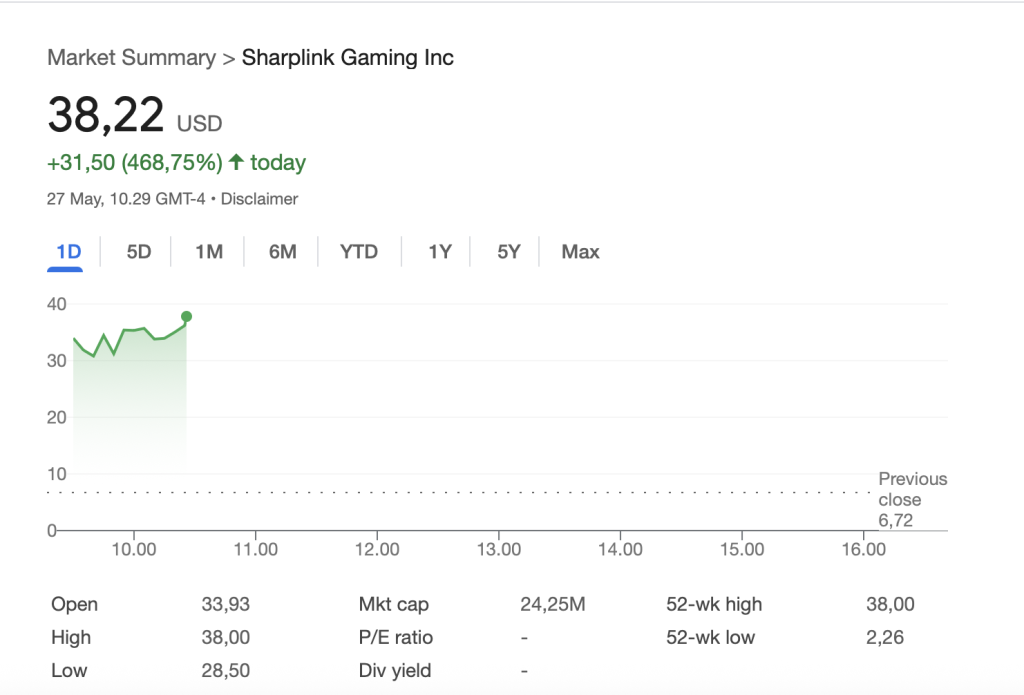Unlock the White House Watch newsletter for free
Your guide to what the 2024 US election means for Washington and the world
A security crisis is brewing in Europe. Two dangerous elements could combine in 2025. A growing threat from Russia and increasing indifference from Donald Trump’s America.
European countries urgently need to respond to this alarming geopolitical combination by building up their own defences. For that to happen, it is crucial for Germany, Europe’s largest economy, to finally make good on Chancellor Olaf Scholz’s promise of a dramatic rise in defence spending.
Making the political case for increased defence spending requires clarity about what is going on in both Russia and America.
Mark Rutte, Nato’s recently appointed secretary-general, warned last month that: “Russia’s economy is on a war footing . . . Danger is moving towards us at full speed.” He urged Nato to rapidly increase defence production and “shift to a wartime mindset”.
Last April, General Christopher Cavoli, Nato’s supreme commander in Europe, cautioned that: “Russia shows no sign of stopping. Nor does Russia intend to stop with Ukraine.” Western analysts argue that Russia is already engaged in a hybrid war with Europe — involving regular acts of sabotage that risk mass casualties.
During the cold war, the US led the allied response when Russia dialled up the military pressure in Europe. But the American reaction this time promises to be very different. President-elect Trump’s key appointments include advisers who are explicit about their desire to redeploy American military assets from Europe to Asia.
Elbridge Colby, who has just been nominated as under secretary of defence for policy, wrote in the FT last year that China is a much higher priority for the US than Russia and argued that the “US must withhold forces from Europe that are needed for Asia, even in the event of Russia attacking first”.
European defence analysts worry that a US military pullback from Europe would encourage Russian aggression. In a recent book, Keir Giles of Chatham House argues: “The withdrawal of America’s military backing for Nato is the surest possible way of turning the possibility of Russia attacking beyond Ukraine into a probability.”
To much of Europe, however, the Russian threat still seems remote. In almost three years of fighting in Ukraine, Moscow’s armies have made limited territorial gains and taken staggering losses — now estimated at 700,000 troops killed or wounded.
But the extent of the casualties Vladimir Putin is willing to absorb should also be a warning. The Russian army is now larger than it was at the beginning of the war in 2022. And, as Rutte recently pointed out, the country is producing “huge numbers of tanks, armoured vehicles and ammunition”.
European countries lack the manpower and equipment to engage in a war of attrition of the kind Russia is fighting in Ukraine. At the beginning of last year, the British army had 73,520 — the fewest since 1792. The German army has 64,000.
Nato’s military planners think that the alliance is roughly one-third short of where it needs to be to effectively deter Russia. There are particular shortages in air defence, logistics, ammunition and secure communications equipment.
Alliance members are currently committed to spending 2 per cent of GDP on defence. They may raise that nominal target to 3 per cent at the next Nato summit. But even that would only be adequate if European nations agreed to make procurement much less fragmented along national lines.
A 3 per cent target is also based on the assumption that America will largely maintain its commitment to Nato. If it doesn’t, defence planners think European nations would need to increase defence spending to 4.5 per cent of GDP. But even 3 per cent looks very tough. The problem is embodied by Rutte’s own record as prime minister of the Netherlands from 2010 to 2024. His country only hit the 2 per cent target in the last year of his tenure.
The closer you get to the Russian border, the more seriously the Russian threat is taken. Poland is on course to increase its defence spending to 4.7 per cent of GDP in 2025. But in the bigger western European economies, it’s a different story. Germany and France barely hit 2 per cent last year; Britain was at 2.3 per cent.
France has a budget deficit of 6 per cent of GDP and public debt of well over 100 per cent. The British government is also highly indebted and struggling to raise revenue.
But Germany — with a debt-to-GDP ratio of just over 60 per cent has the fiscal space to spend a lot more on defence. It also still has a considerable industrial and engineering base.
Friedrich Merz of the Christian Democrats, who will probably emerge as German chancellor after elections this year, takes the threat from Russia seriously. He could preside over a historic shift. If Germany relaxed its constitutional provisions against deficit financing — and accepted the need for common EU debt to finance European defence — it could transform the continent’s security landscape.
Even 80 years after the end of the second world war, some of Germany’s neighbours — particularly Poland and France — will feel queasy about German rearmament. But, in the interests of their own security, they need to get over it.
gideon.rachman@ft.com
Credit: Source link










